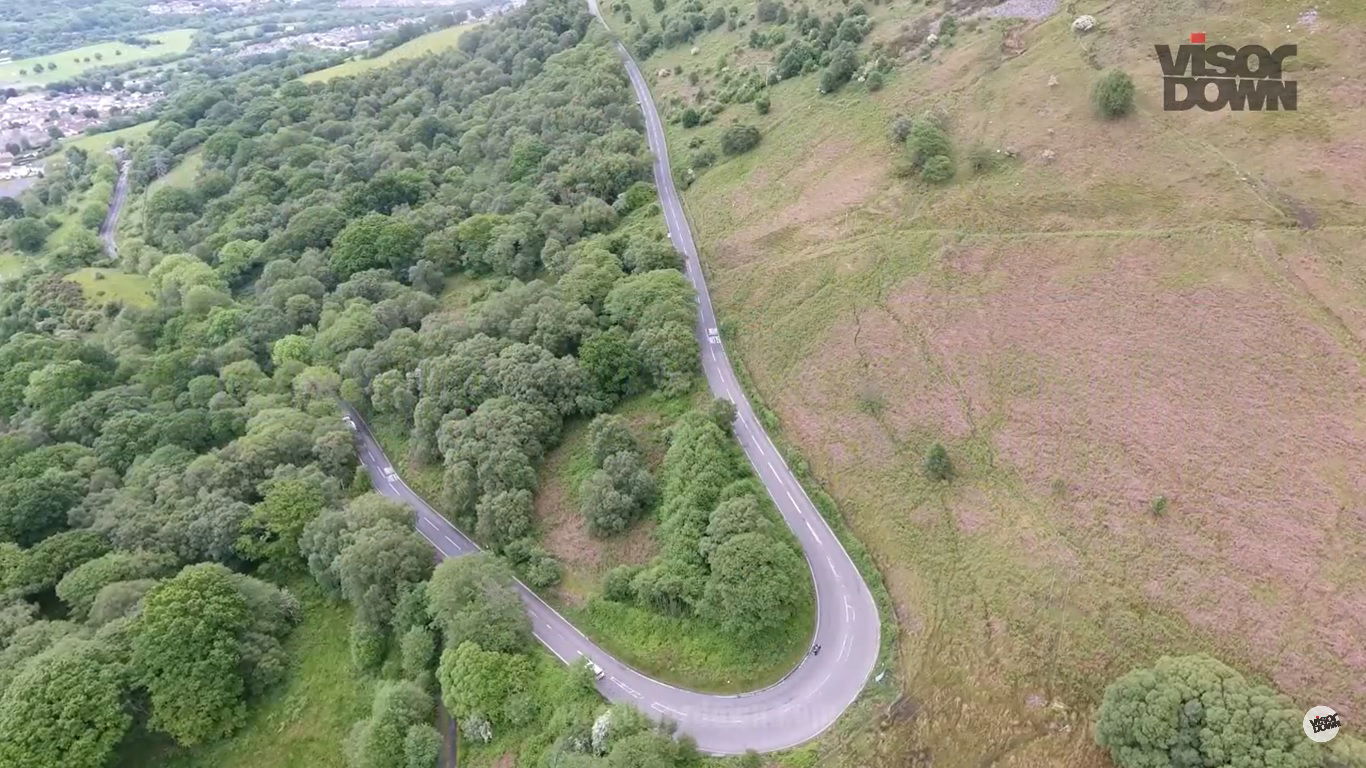Surrey Council to trial 20mph speed limit on rural roads
Surrey County Council is planning a move to reduce the speed limit on some of the county's rural roads to 20mph to improve safety.

Surrey Council is planning to pilot a new speed limit of 20mph on rural roads in the county.
Ordinarily, of course, the national speed limit for single carriageway roads of 60mph applies to rural roads, but the British Motorcyclists Federation (BMF) reports that local governments have become increasingly uncomfortable about a 60-limit.

As a result of this discomfort with 60mph limits, and concerns about increased fatalities - including among motorcycle riders - on rural roads compared to ones with slower speed limits, Surrey County Council is planning a pilot scheme to introduce 20mph limits on rural roads.
The BMF says that the plans of Surrey County Council would cover initially only an area of 80 square miles “south of a line from Guildford to Dorking.” Additionally, although it is currently unclear which roads in particular will receive the new 20mph limit, the BMF considers it “unlikely” that the A25 - which is being considered for a reduction of its limit from 50mph to 40mph - would be included.
“This project is an important opportunity for us to improve the safety of our rural roads in the south and southwest of Surrey and ensure that the most appropriate speed limit is applied to each,” said Matt Furnis, a cabinet member for transport, infrastructure and economy of Surrey County Council. “Most rural roads in the area are still subject to the national speed limit of 60mph, which is inappropriate for these types of roads,” he said.

BMF Chair Jim Freeman thinks that there is also an element of environmental concern which is a factor in the Council’s plans.
Freeman said: “The BMF accept that the constant pressure towards Vision Zero, whether openly stated or implied, will mean that speed limits are under constant review, particularly in urban areas. However appropriate the ’20’s plenty’ approach may be in, say, North London, in rural areas, where distances are far greater, it seems excessive, and likely to increase road users frustration levels.”

